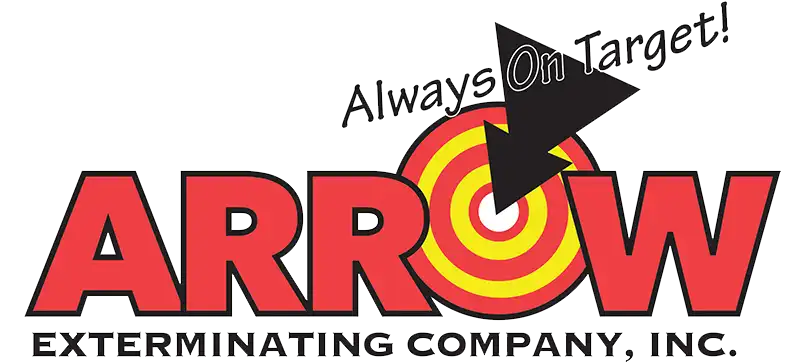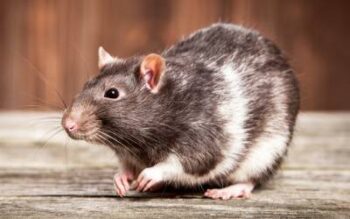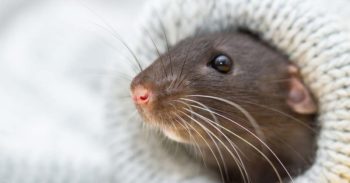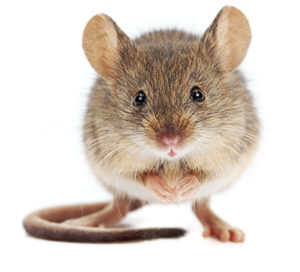
The most common rodents in the urban environment are the house mouse and Norway rat. There are, however, other pest rodent species such as the Roof rat and Deer mouse that are often encountered in structures. Here, we will limit our discussion to the House mouse.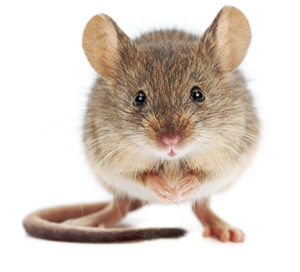
House Mouse
The House mouse is the most successful mammal on the planet next to man. It is found on every continent except Antarctica. What makes this small rodent such a serious pest? To begin with, the house mouse has excellent hearing, vision, smell and touch. These characteristics have enabled the mouse to be highly adaptable to homes and indoor buildings. All they need is a 1/4″ opening to be able to enter a building, so they often have access to many places along the building’s perimeter. House mice thrive under a variety of conditions; they are found in and around homes and commercial structures, as well as in open fields and agricultural lands.
Mice are mostly nocturnal; they are averse to bright lights. They live in a wide variety of hidden places near food sources, and construct nests from various soft materials. House mice primarily feed on plant matter, but are omnivorous. House mice, like most other rodents, do not vomit. House mice are generally poor competitors and in most areas cannot survive away from human settlements.
So what’s the problem with a few mice? Mice deposit fecal material and urine in the environment. Their excrement contains bacteria, viruses and other nasty things.
House mice can transmit diseases, contaminate food, and damage food packaging. Although the US Centers for Disease Control and Prevention gives a list with diseases transmitted by rodents, only few of the diseases are transmitted through the house mouse.
The house mouse has about ½ million hairs on its body and sheds these hairs twice-a-year. This results in millions of hairs in the indoor environment. Mice are constantly grooming themselves. Saliva-laced hair is shed and floats through the environment. Some individuals are allergic to mouse saliva and may sustain a life-threatening condition such as asthma if exposed.
Lymphocytic choriomeningitis (LCMV) can be transmitted by mice, but is not a commonly reported infection in humans, though most infections are mild and are often never diagnosed. Some concern exists that women should not to be infected with LCMV during pregnancy.
is carried by a variety of wild and domestic animals including dogs, rats, swine, cattle, mice in general, and can be transmitted by the urine of an infected animal and is contagious as long as the urine is still moist.
House mice are not usually a vector of human plague because they have less infestations with fleas than do rats, and because the fleas which house mice normally carry exhibit little tendency to bite humans rather than their natural host.
Hanta Virus is known to be spread by mice. However, the mouse is not typically, the house mouse. It is the Deer mouse and White-footed mouse. However, there is evidence the house mouse may also be involved in spreading this viral disease.
Rodents in the Workplace
OSHA says that all workplaces must be free of recognized hazards. Clearly, the presence of wild mice and rats cannot be tolerated. This is where professional pest managers need to be retained to mitigate these rodent pests.
Rodents need to be denied access to and eliminated from the “built environment” including but not limited to, schools, food service facilities, medical facilities, manufacturing plants and any other type of facility where people work. Clearly, there are governmental regulations to insure a clean and healthy workplace and to protect foods from contamination from insects and vermin.
Michael Deutsch MS, BCE
Urban Entomologist
Arrow Exterminating Company, Inc.
